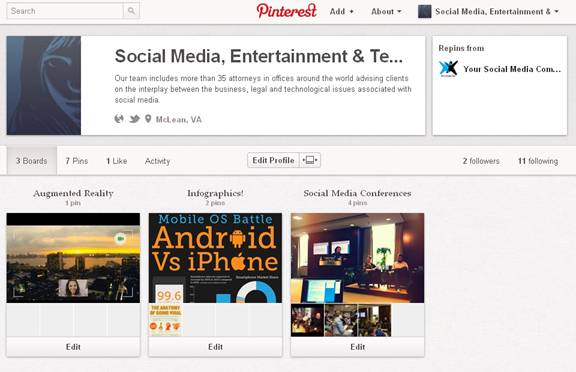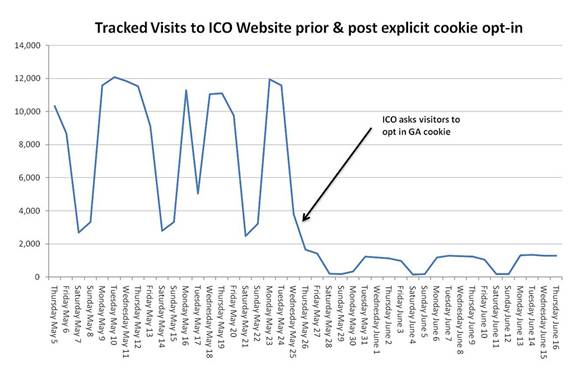Many people invest significant time, effort and in some cases real money to acquire virtual goods. There is great perceived value in these virtual goods. But there are a growing number of cases, where users have been the subject of hacking and other situations where they have had their virtual property stolen. See for example our prior blog entry on a massive theft of 400 billion poker chips from Zynga users.
Most game and virtual world operators try to shield themselves from claims of loss by their users through effective legal strategies embodied in their terms of service. In most cases, users are only granted a license to use the virtual goods, but they do not own them and the terms often make clear that there is no independent value to goods. Additional disclaimers and liability avoidance language may also be included. Yet, this has not stopped some users from suing for the loss of the perceived value of their virtual goods.
Given these potential claims, what else can companies do to protect themselves from such risks? Apparently, this risk may now be insurable – at least in China – thanks to a collaboration between Sunshine Insurance Group and Gamebar. According to a report, by China Daily a Sunshine Insurance spokesperson said “The insurance will help to reduce operating risks for online games
companies as the companies which purchase the insurance will be covered
to compensate customers in the event of lost or stolen property.”
It will be interesting to see if that catches on in the US and elsewhere, and if so, what will be covered and what will not. Check back for updates.






